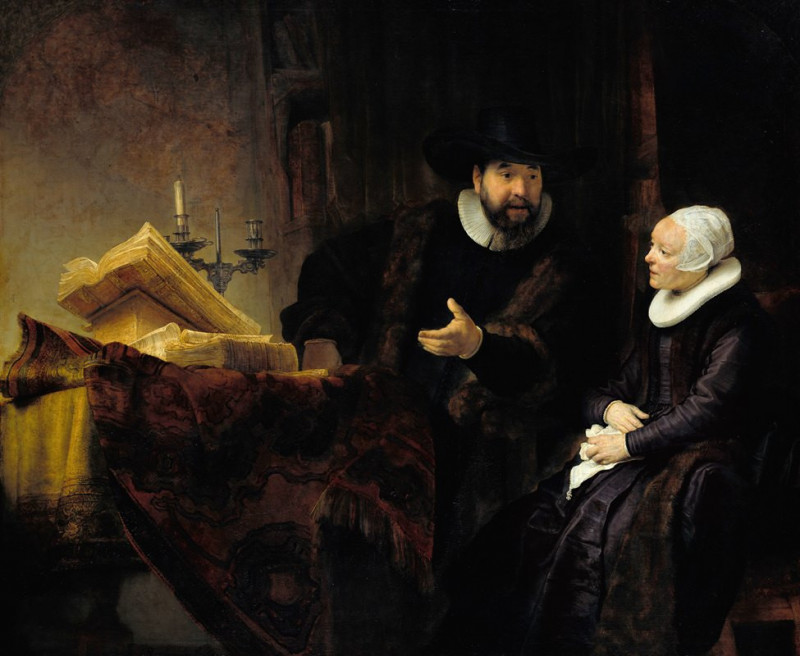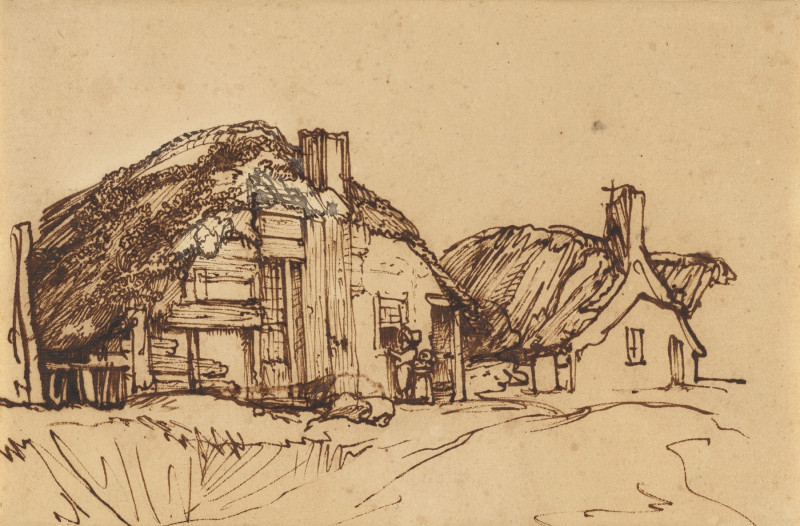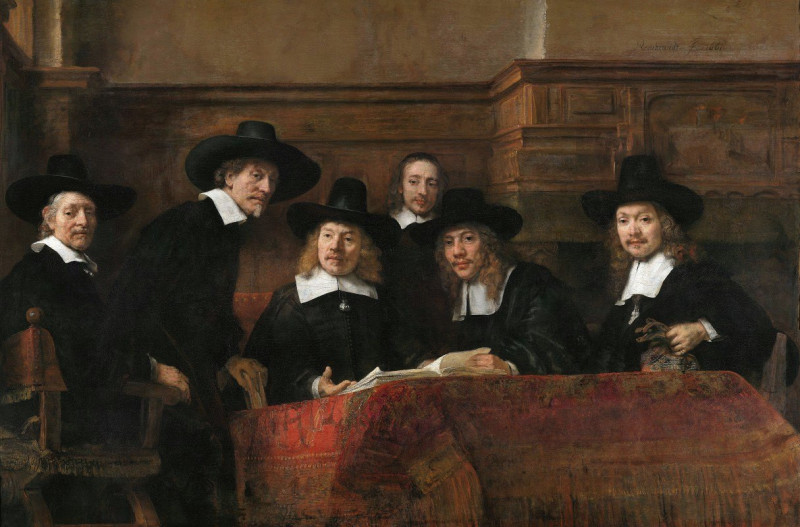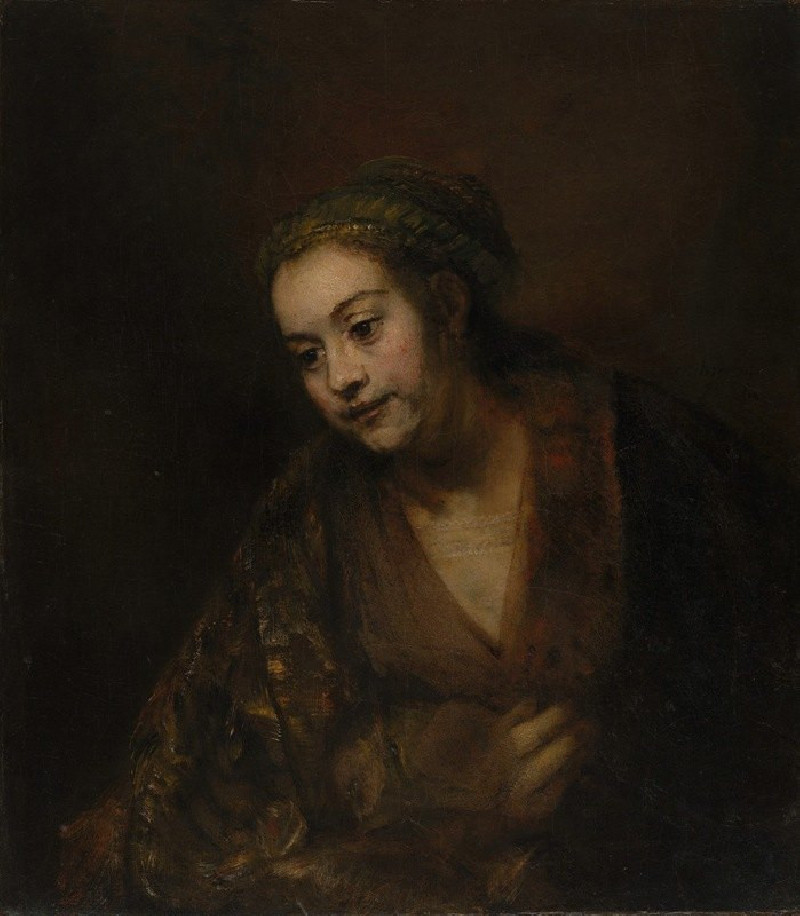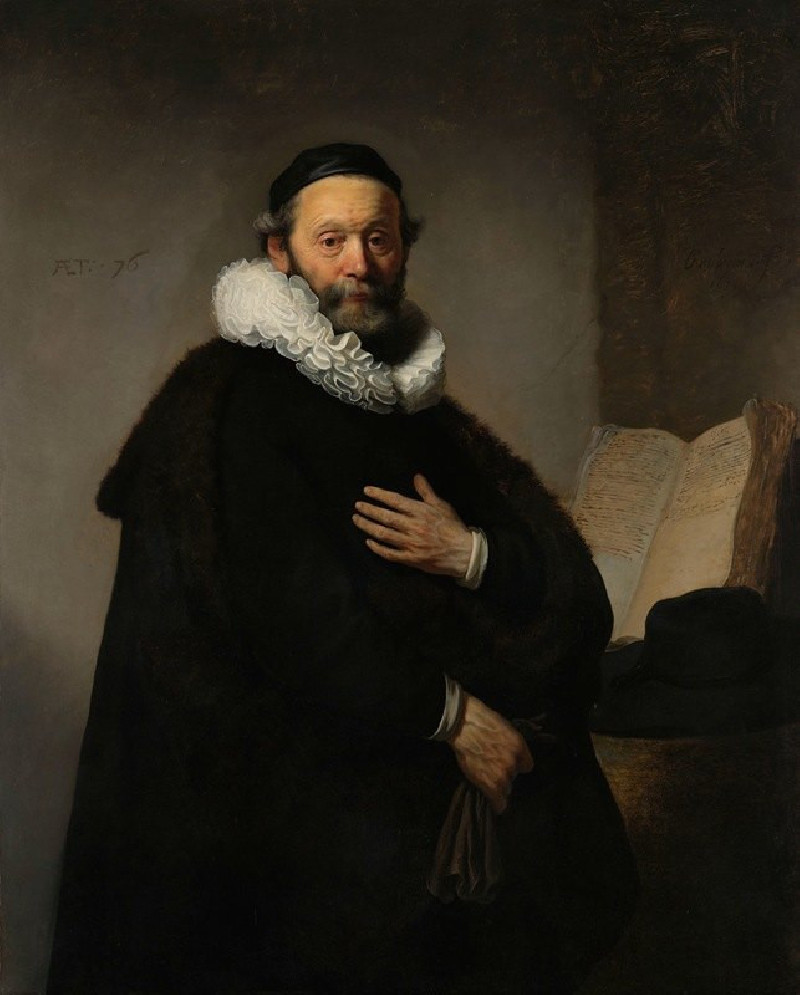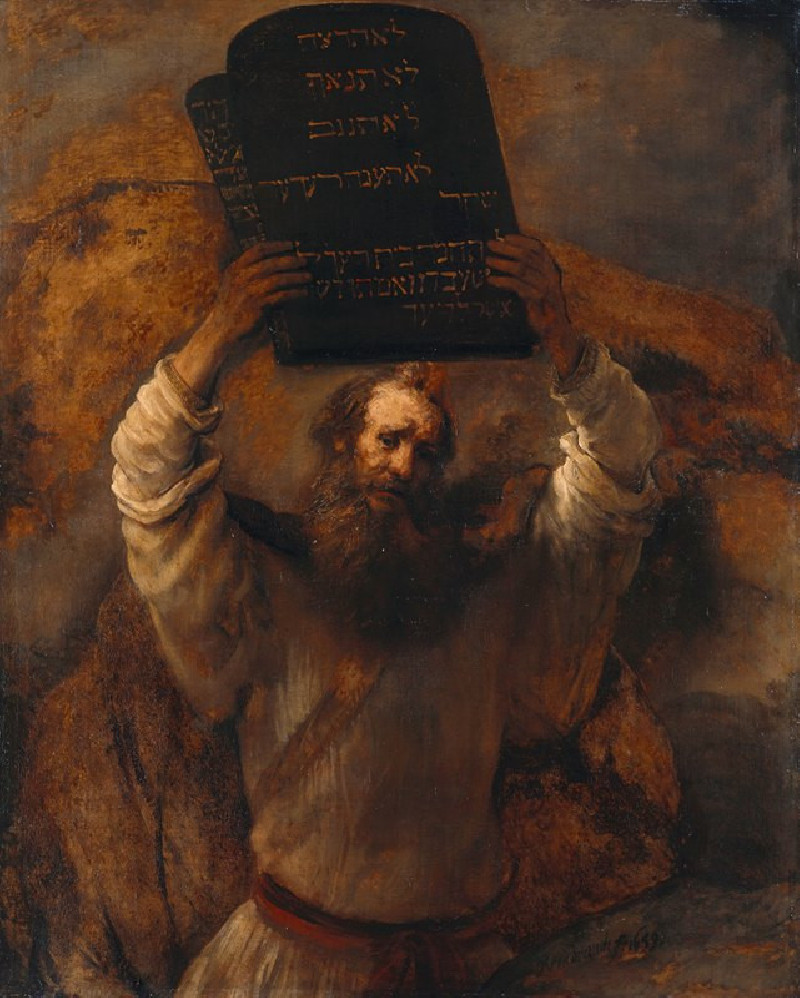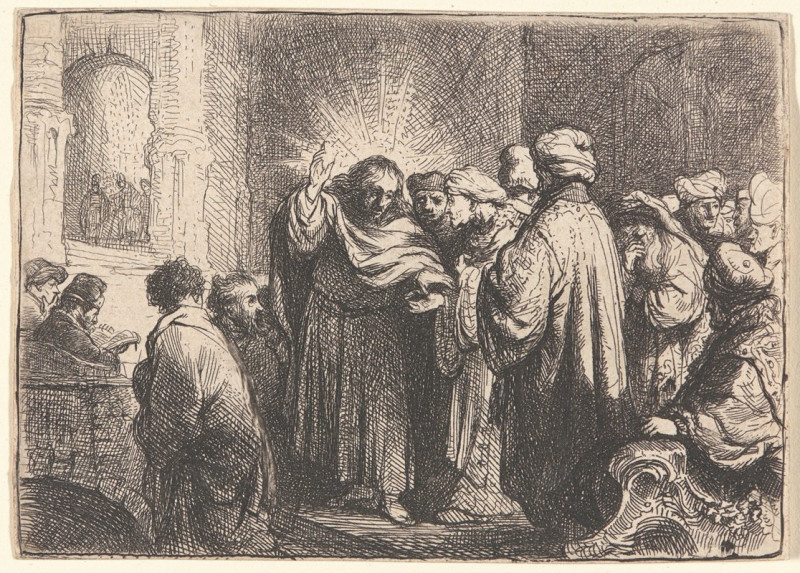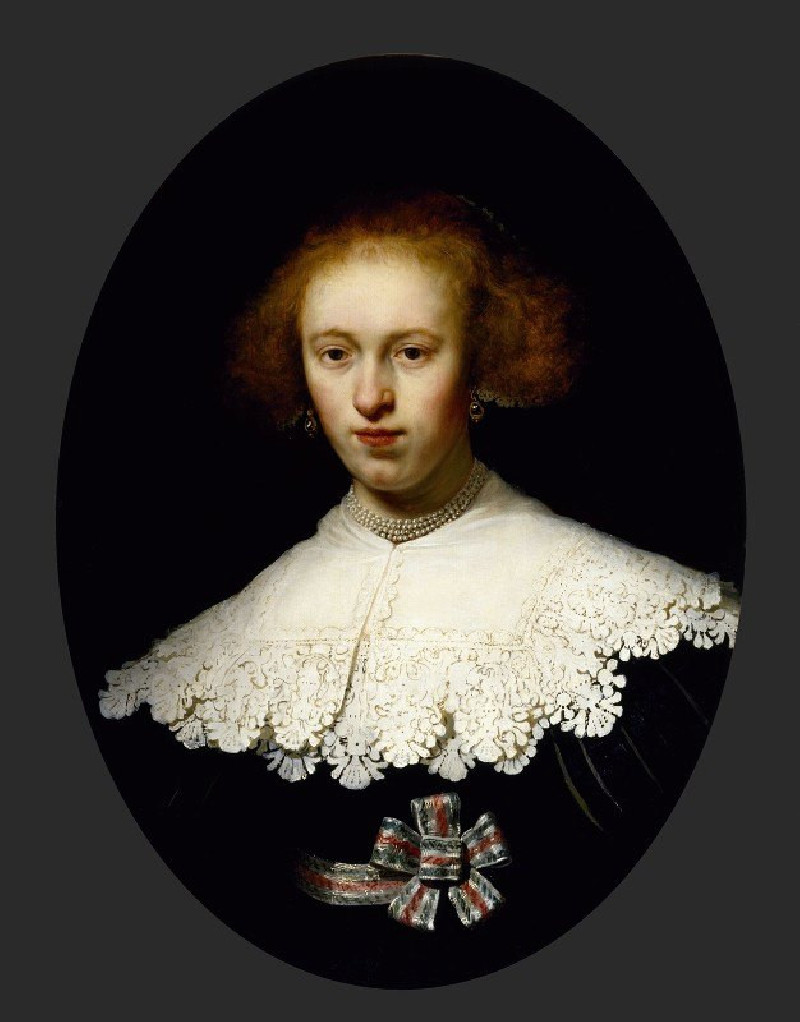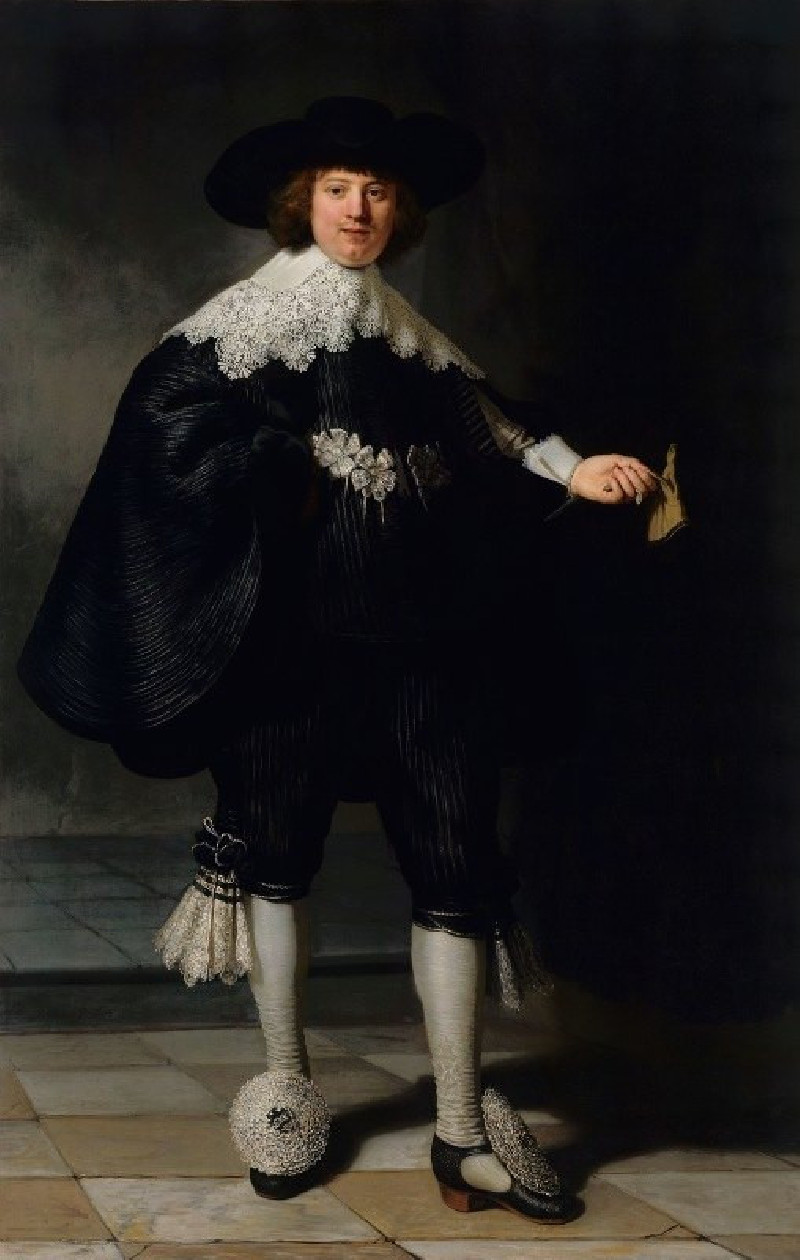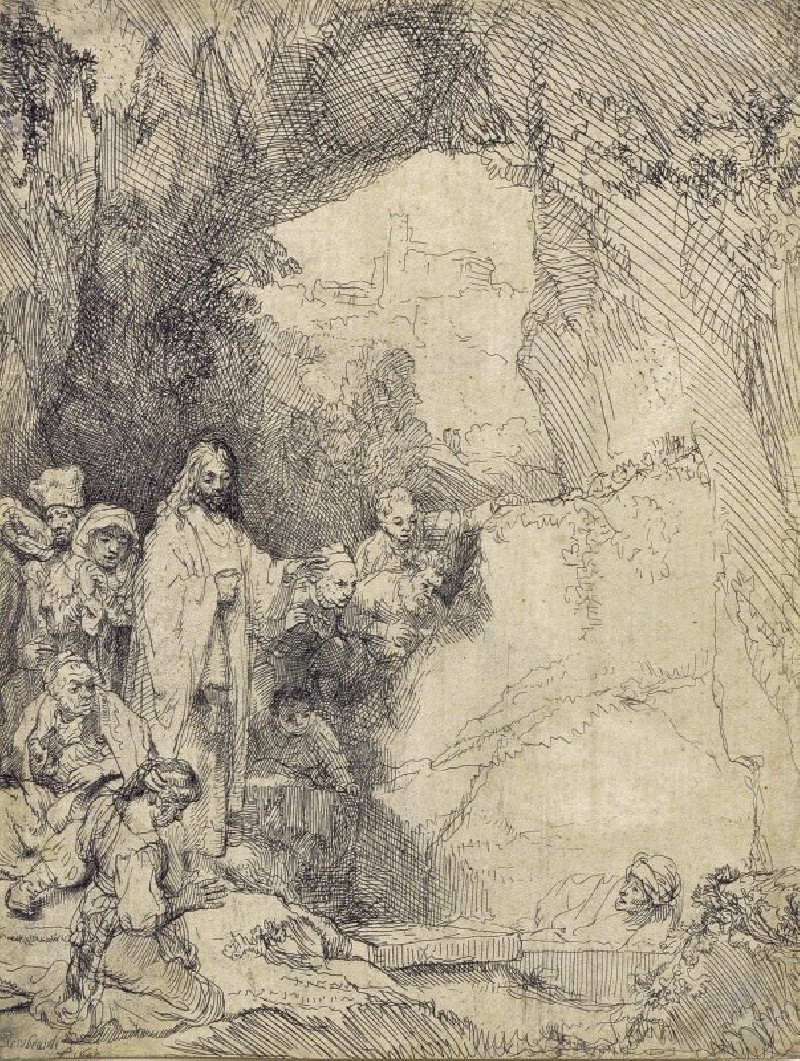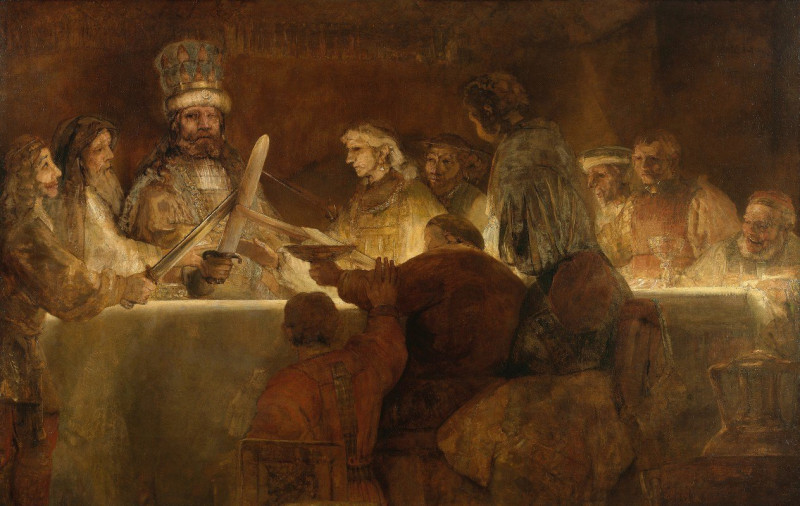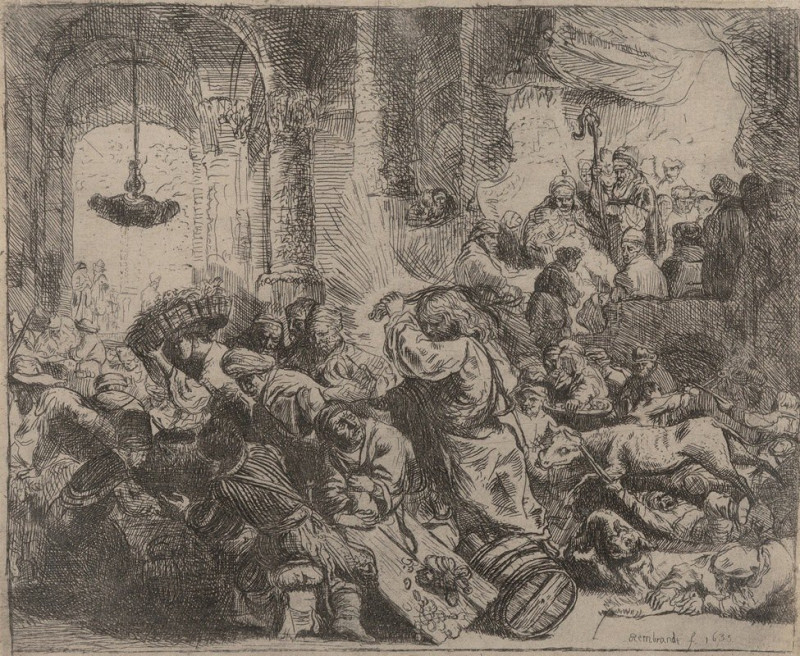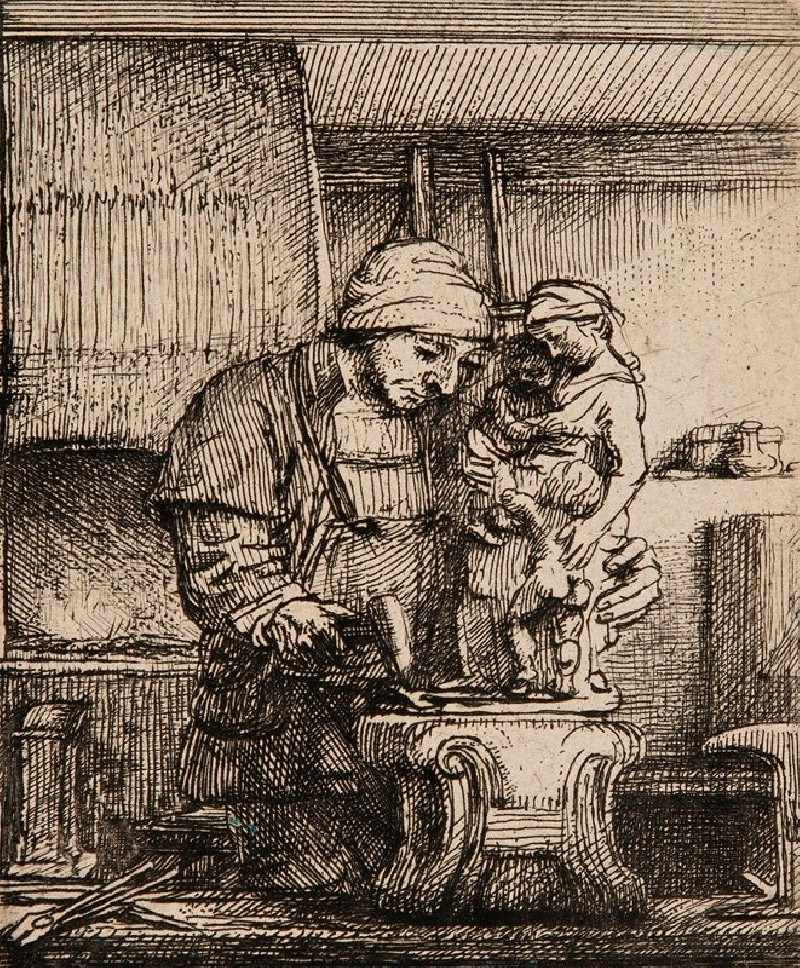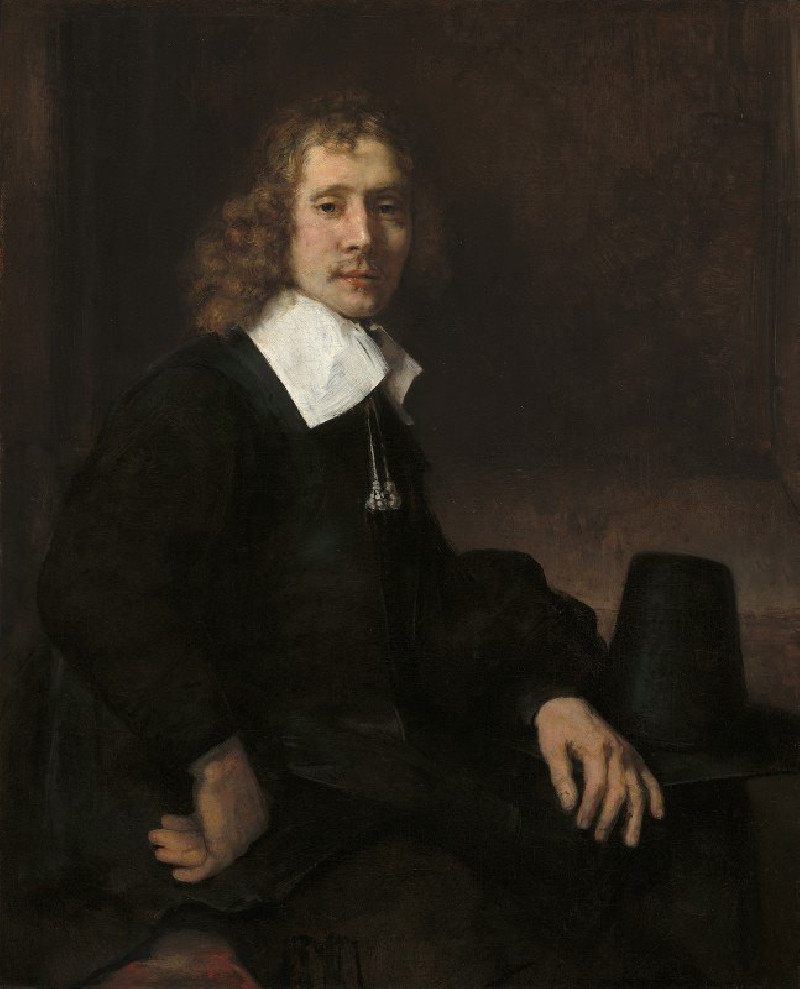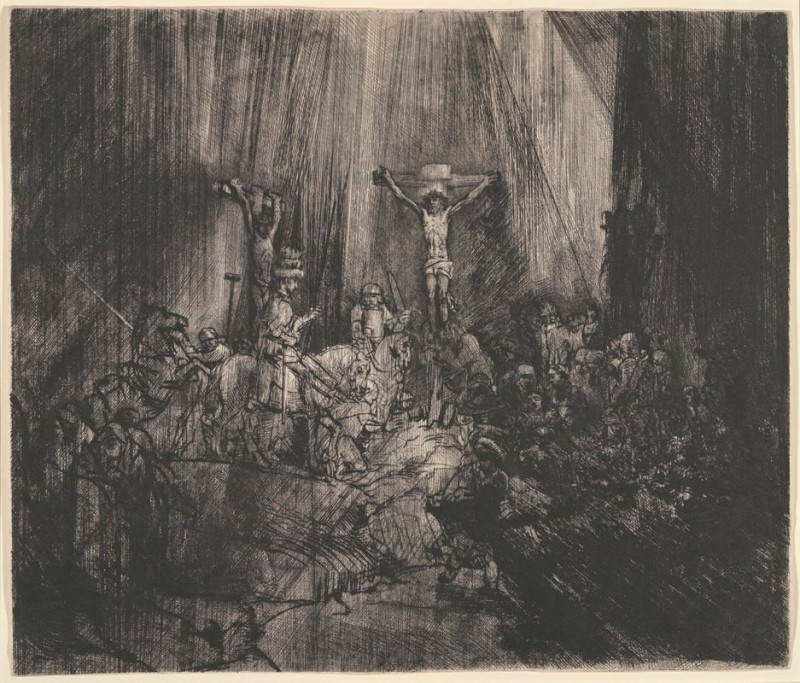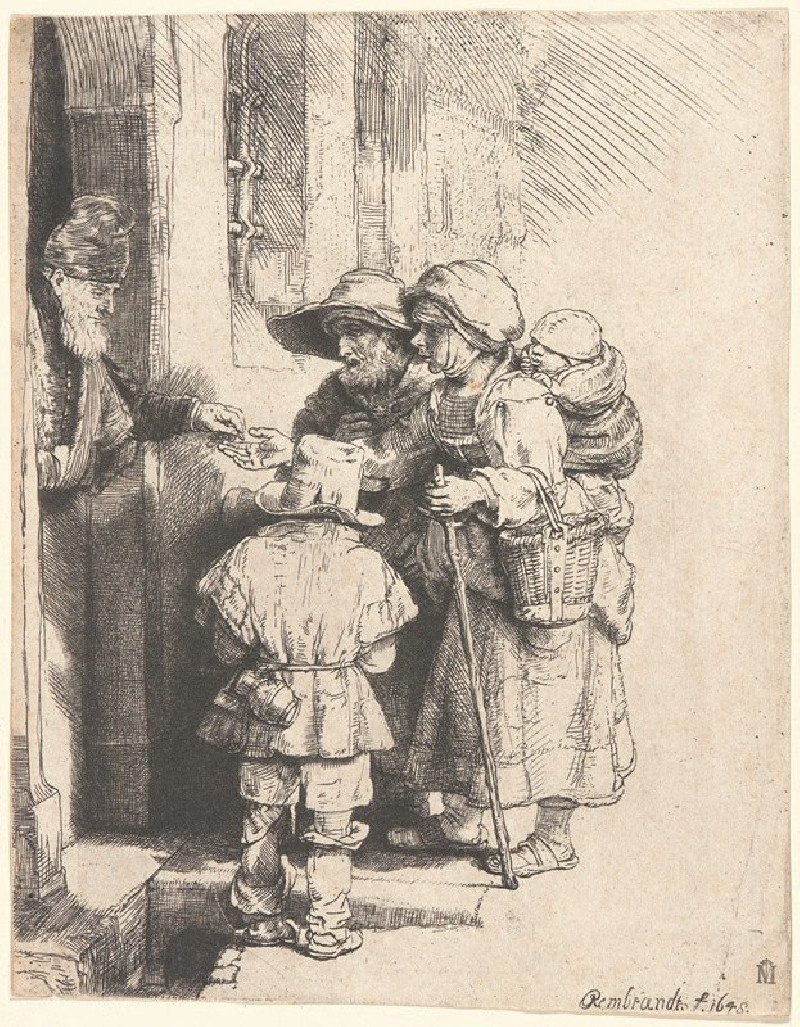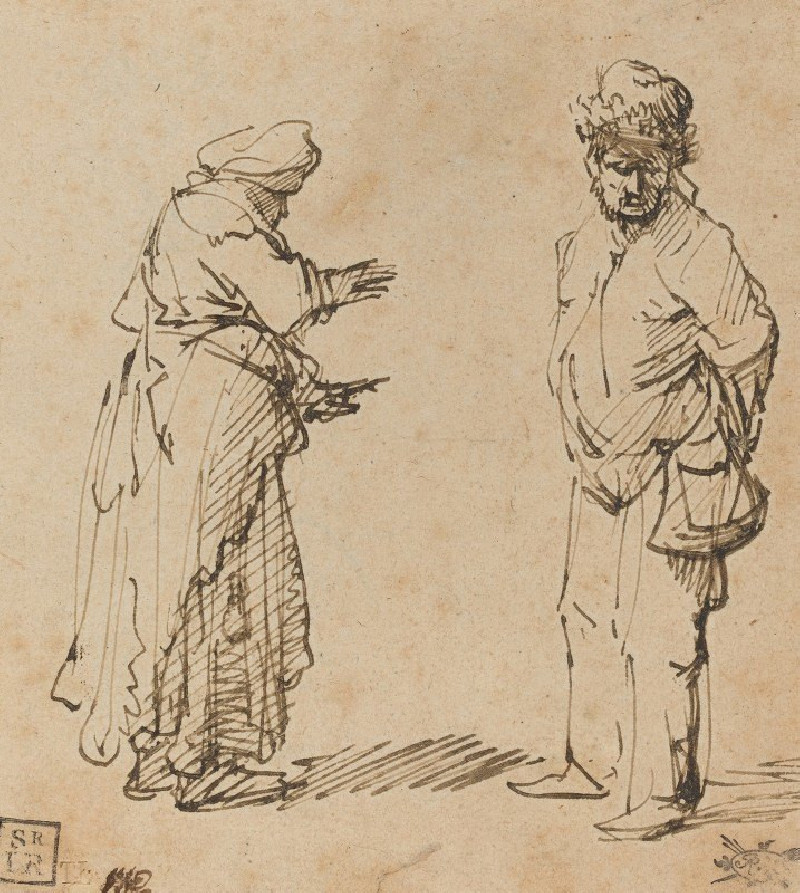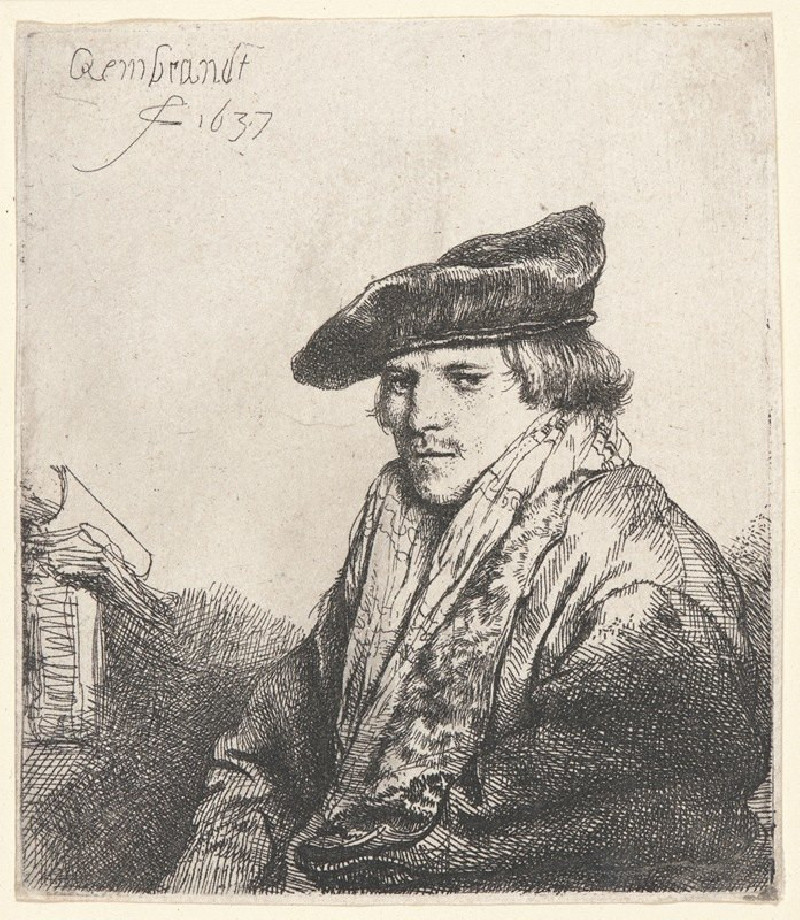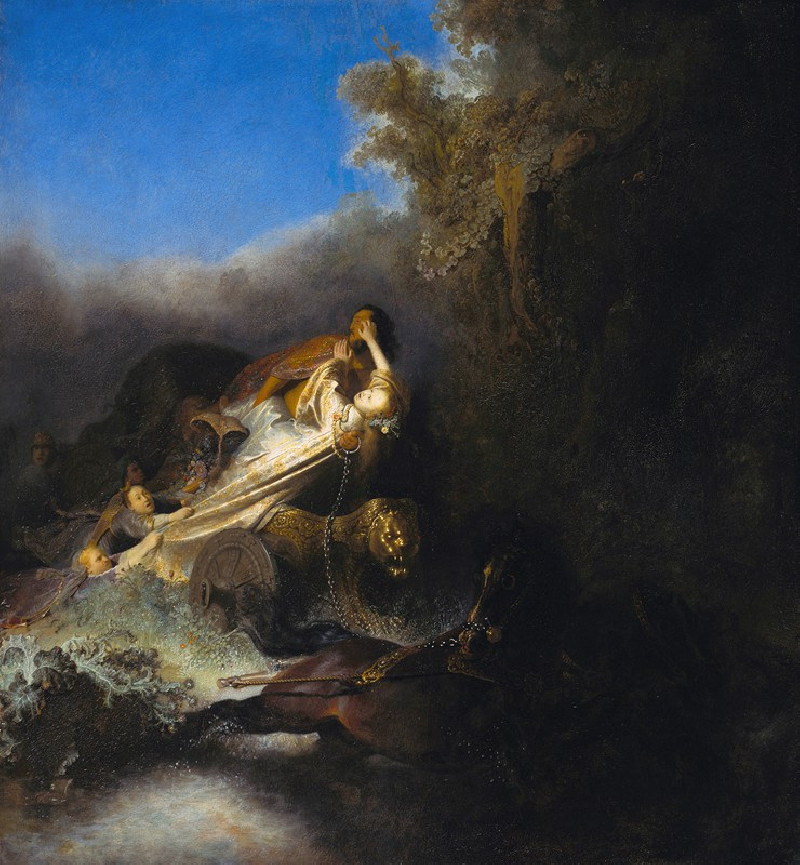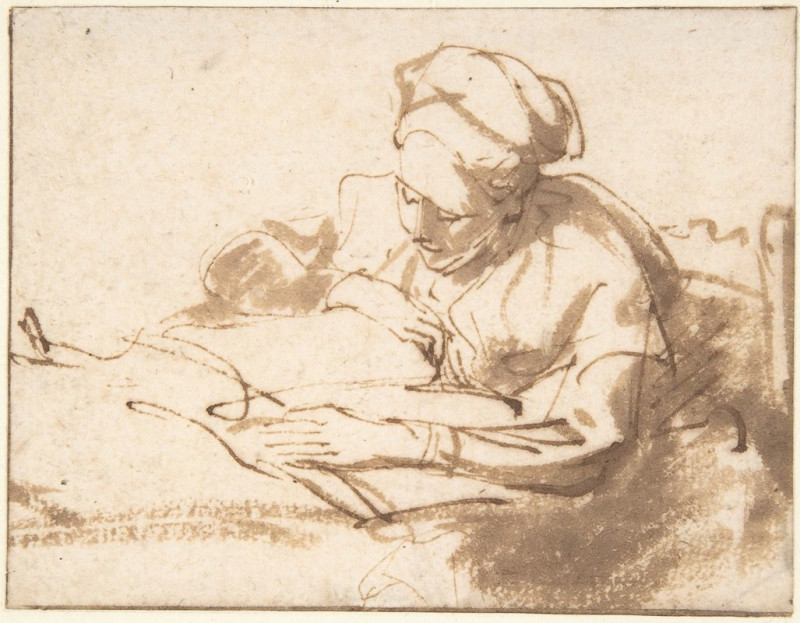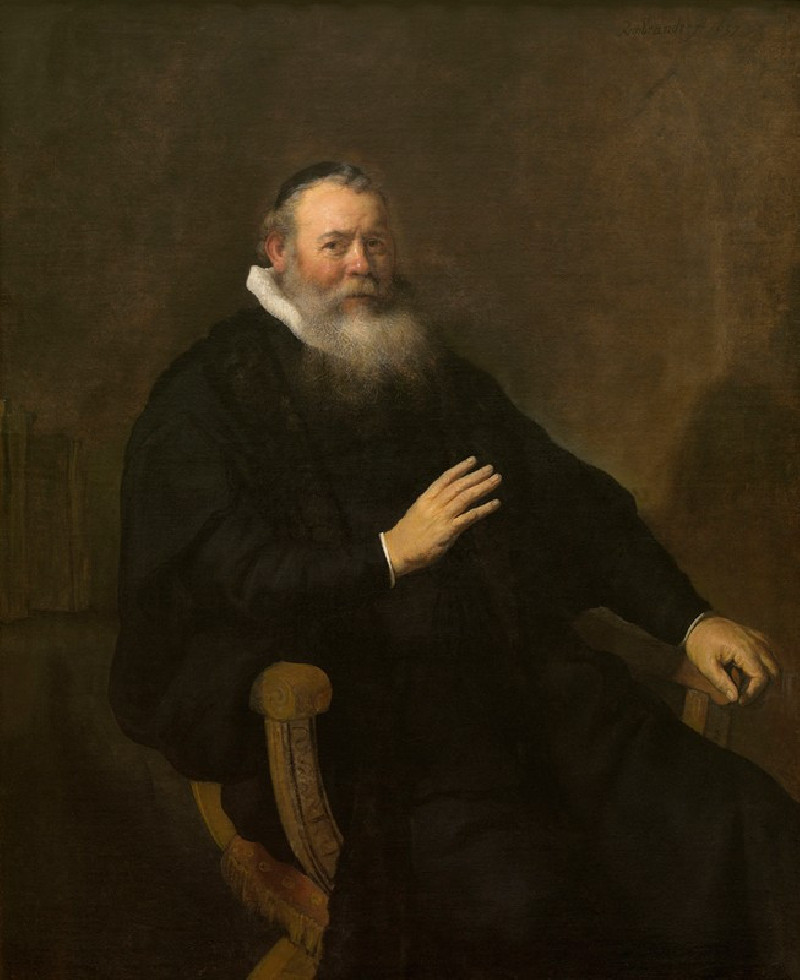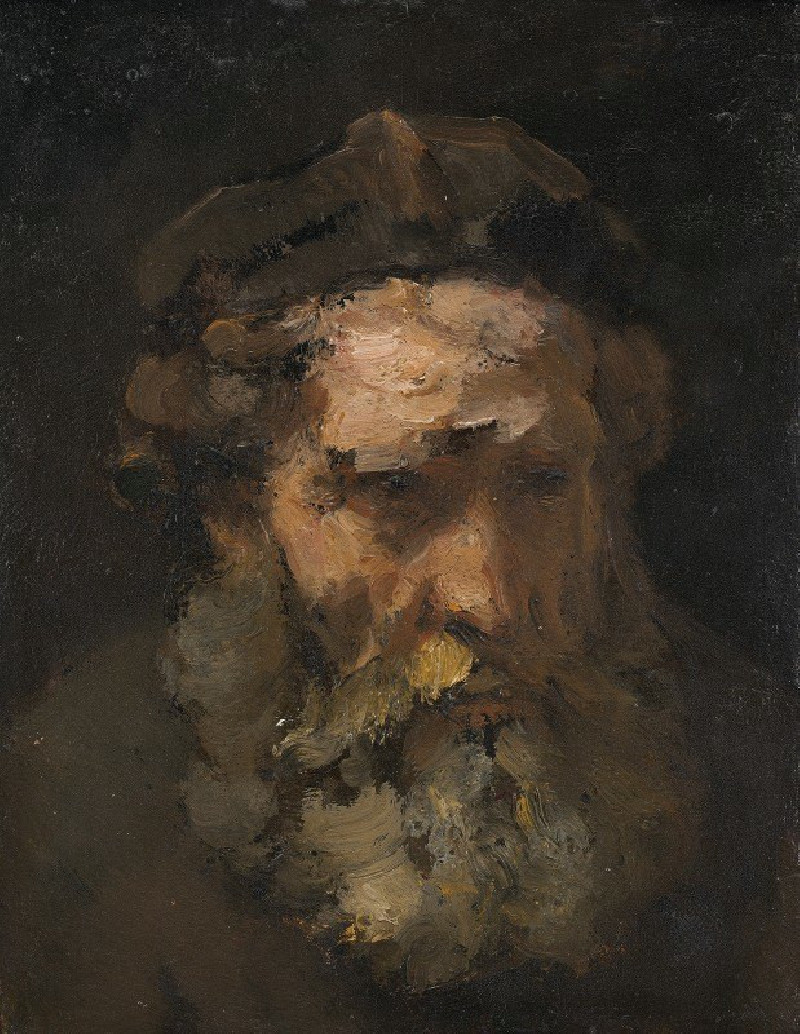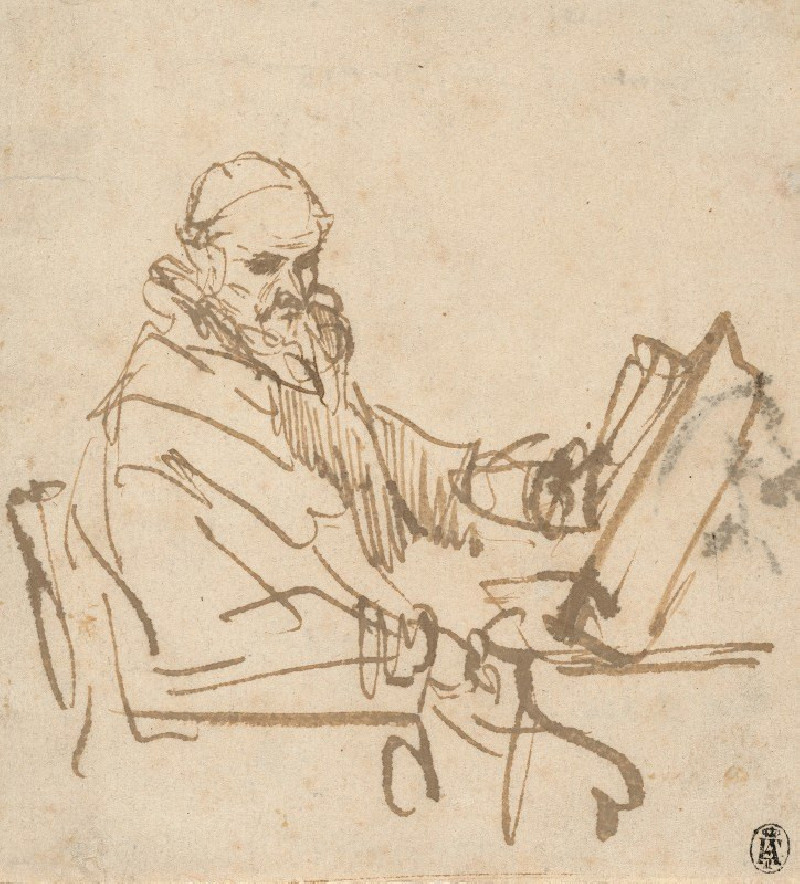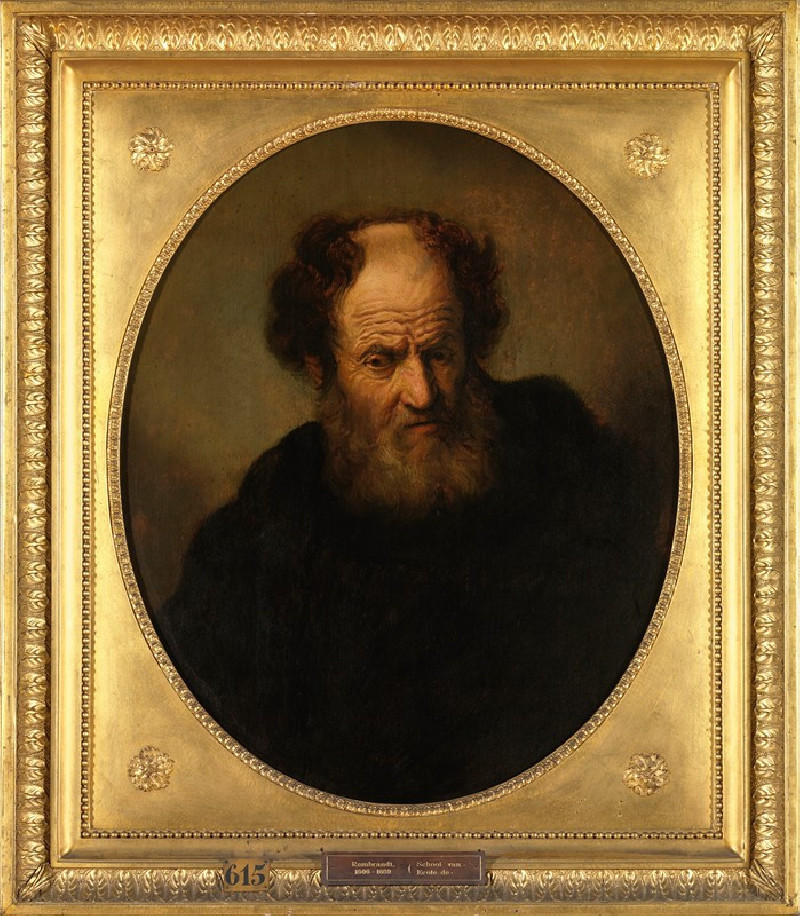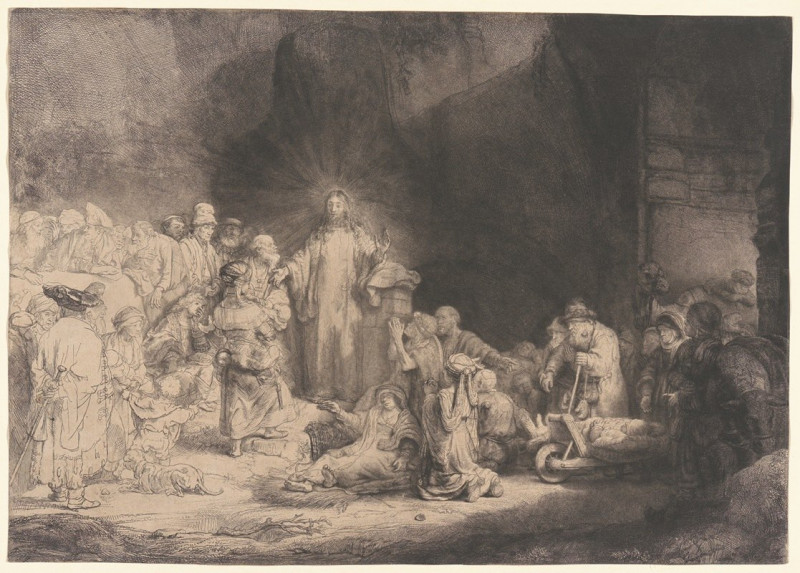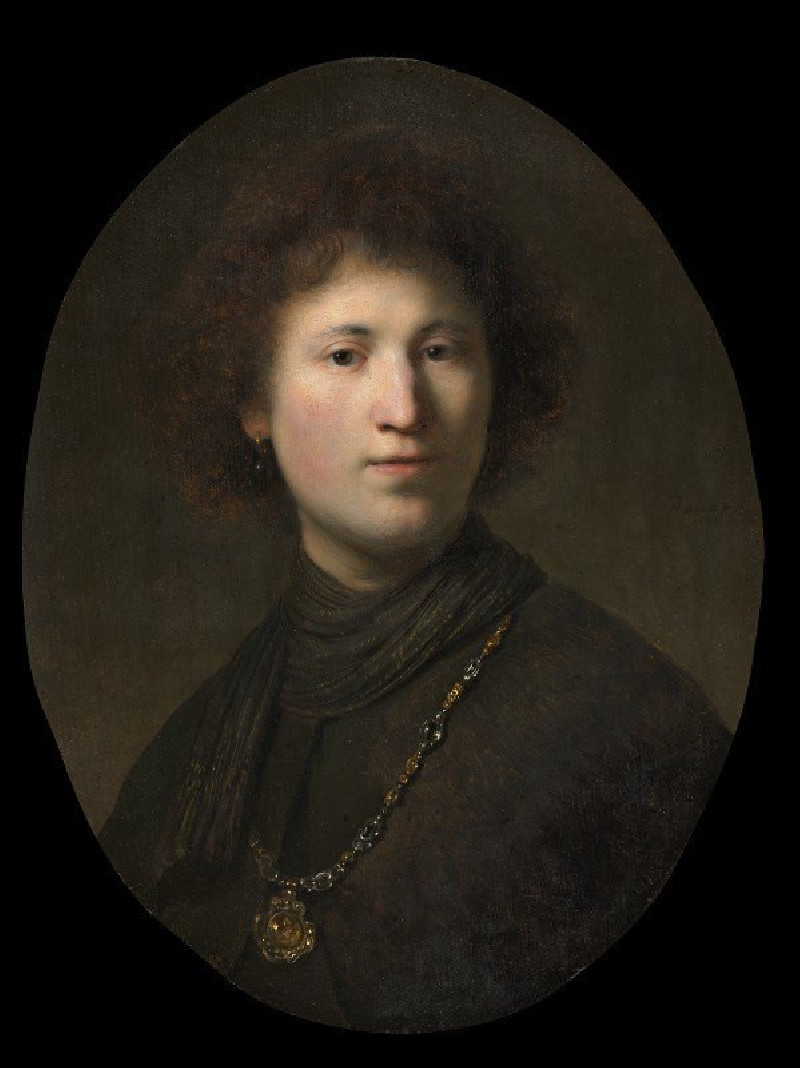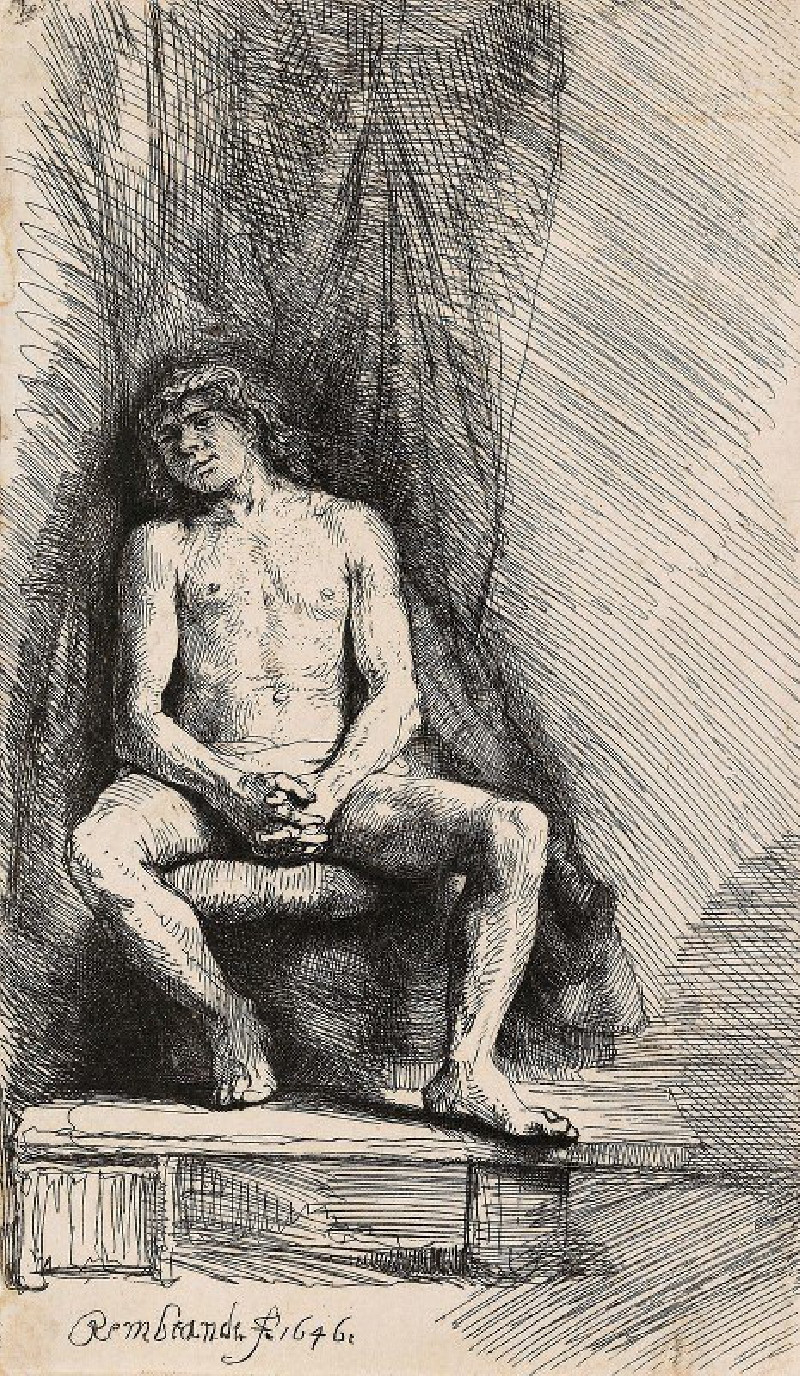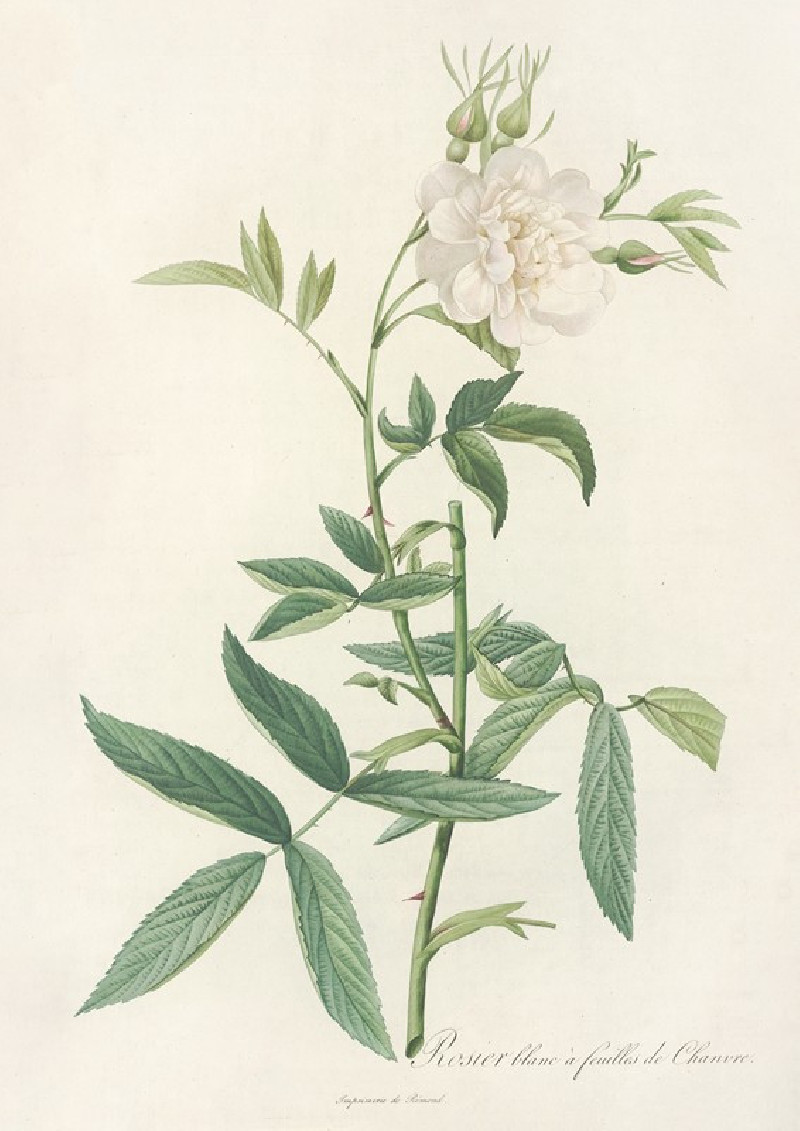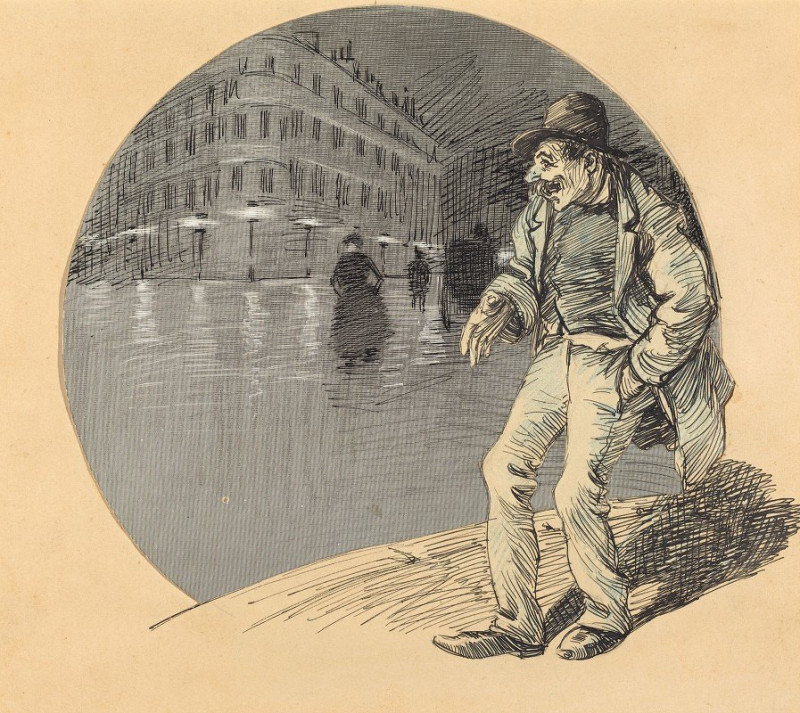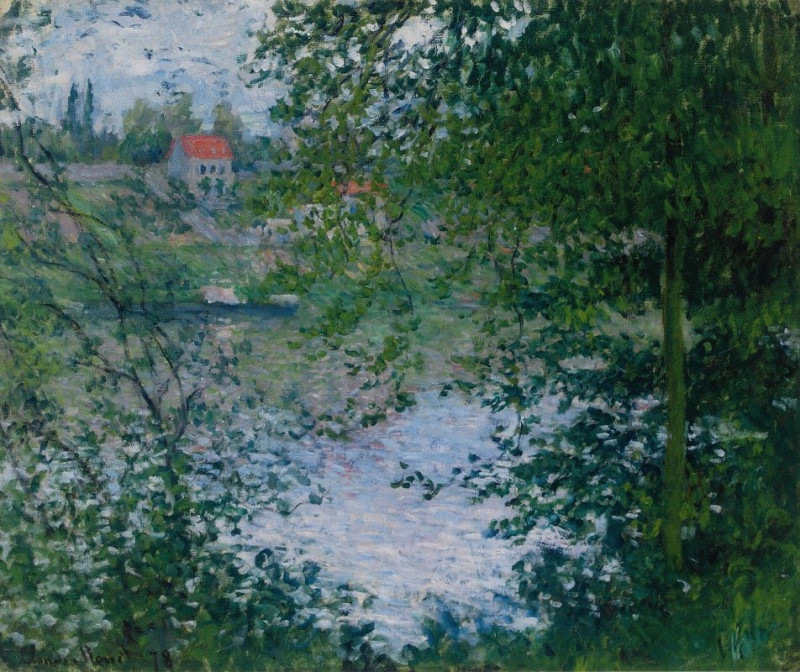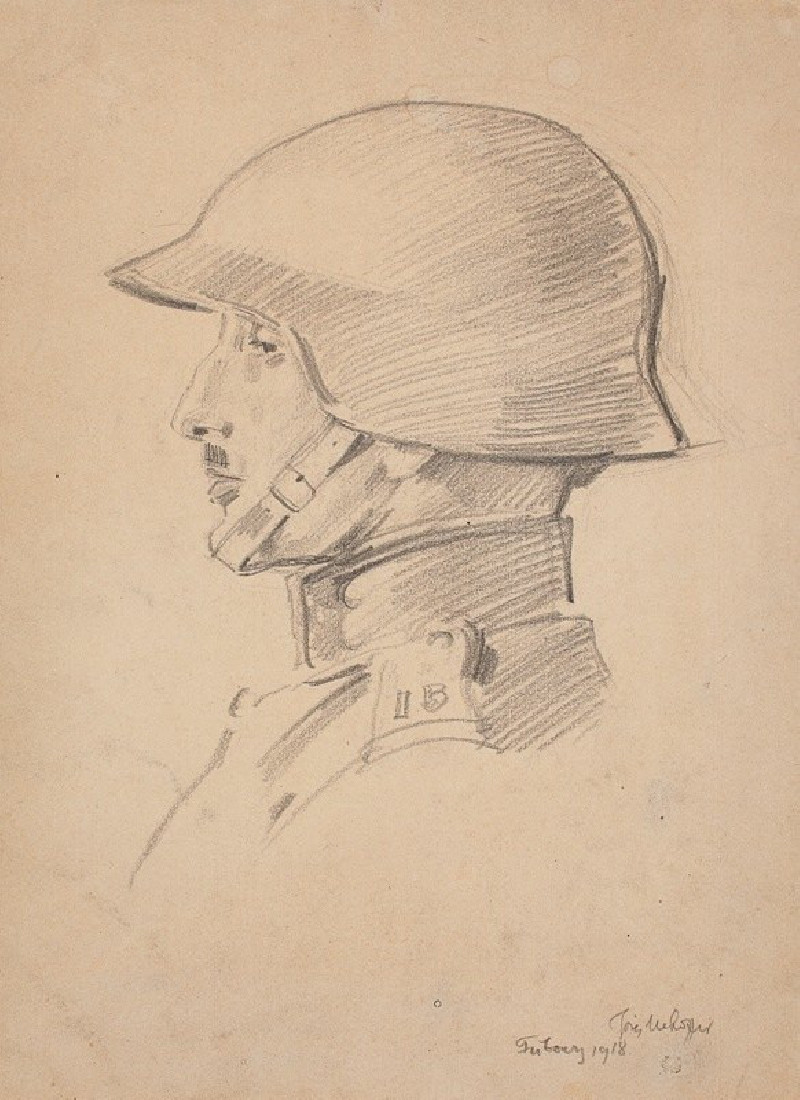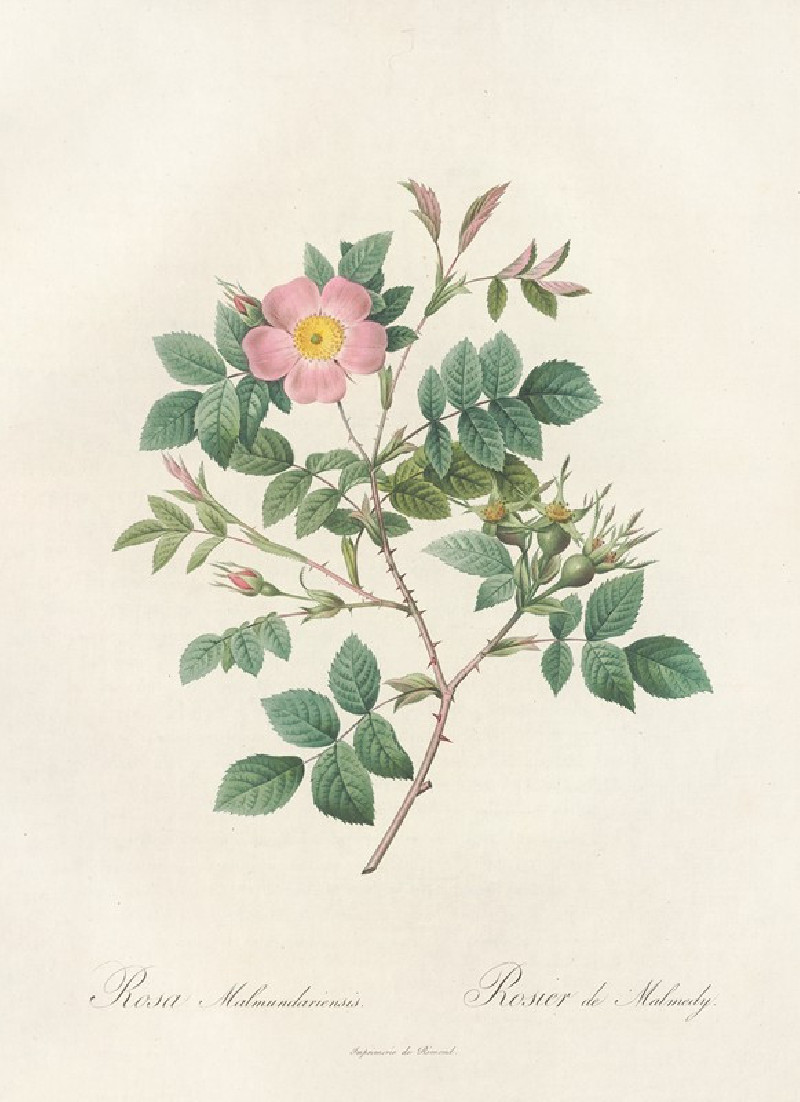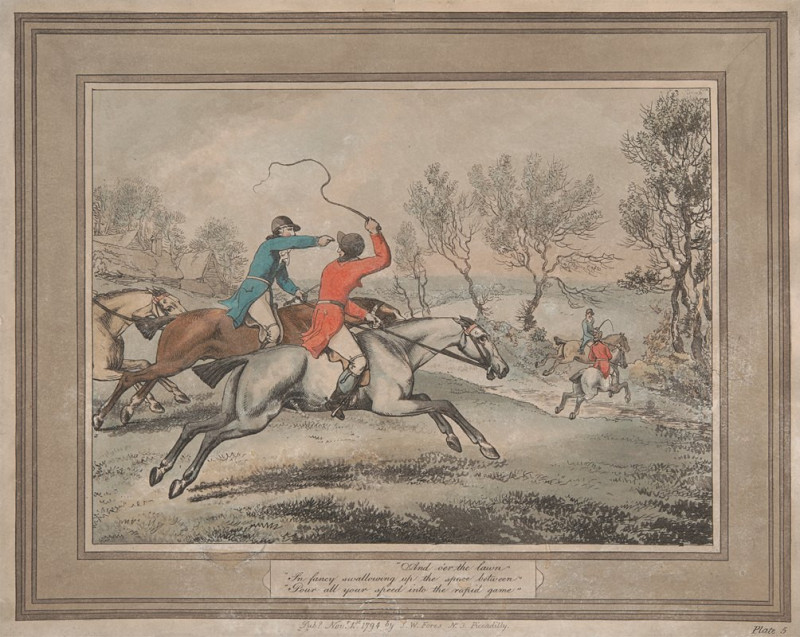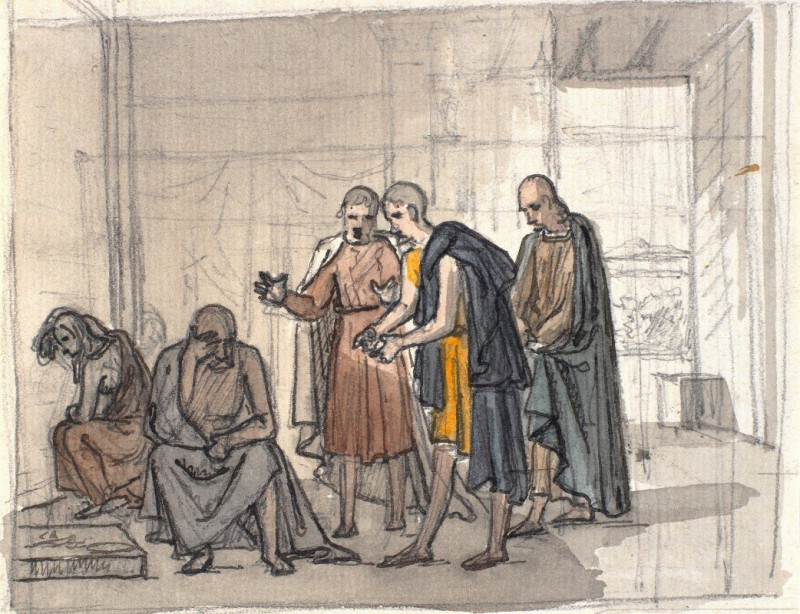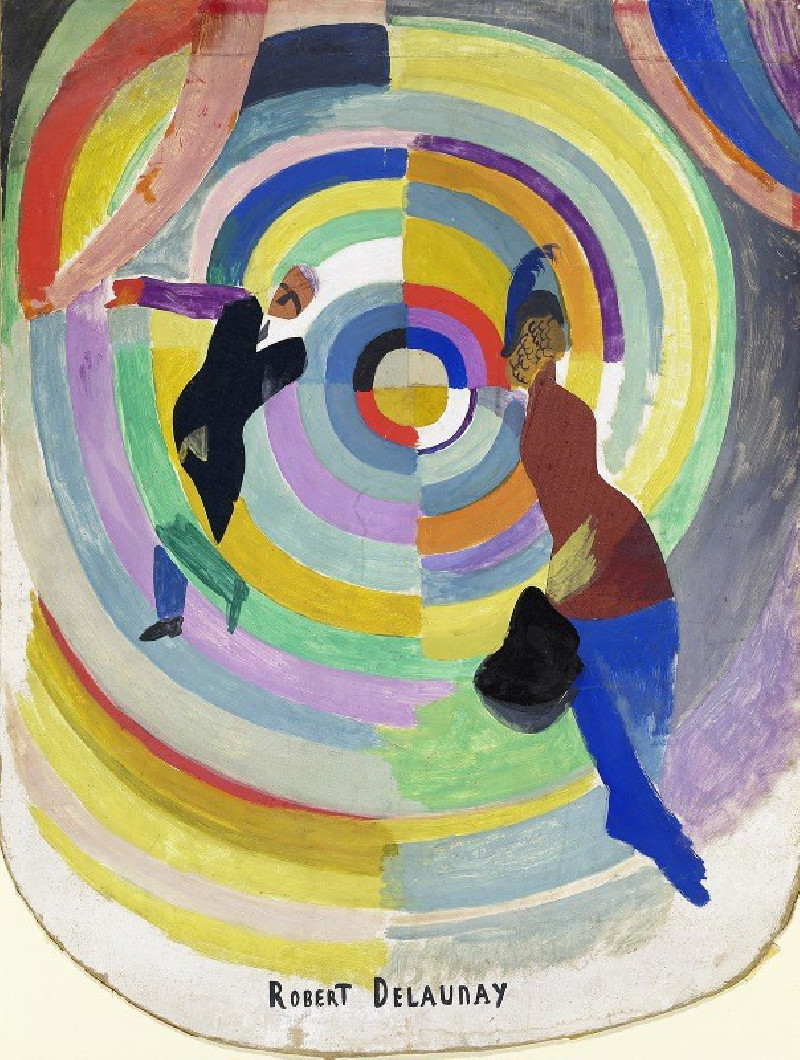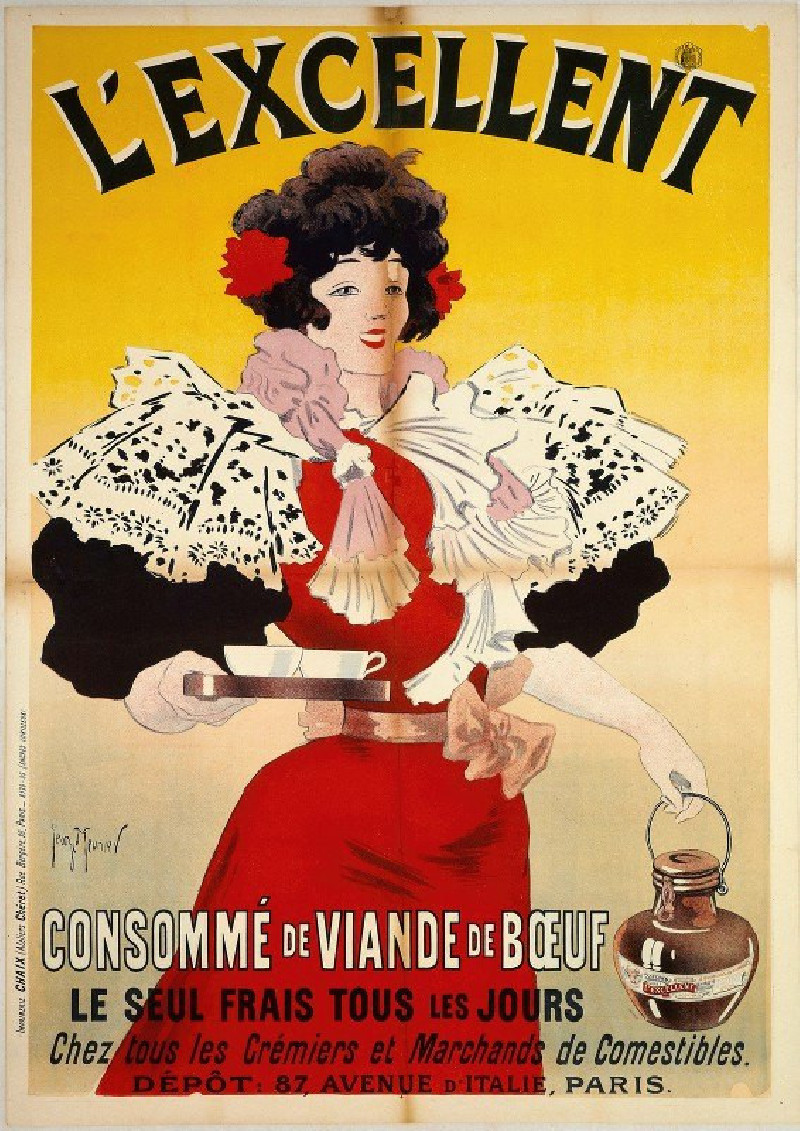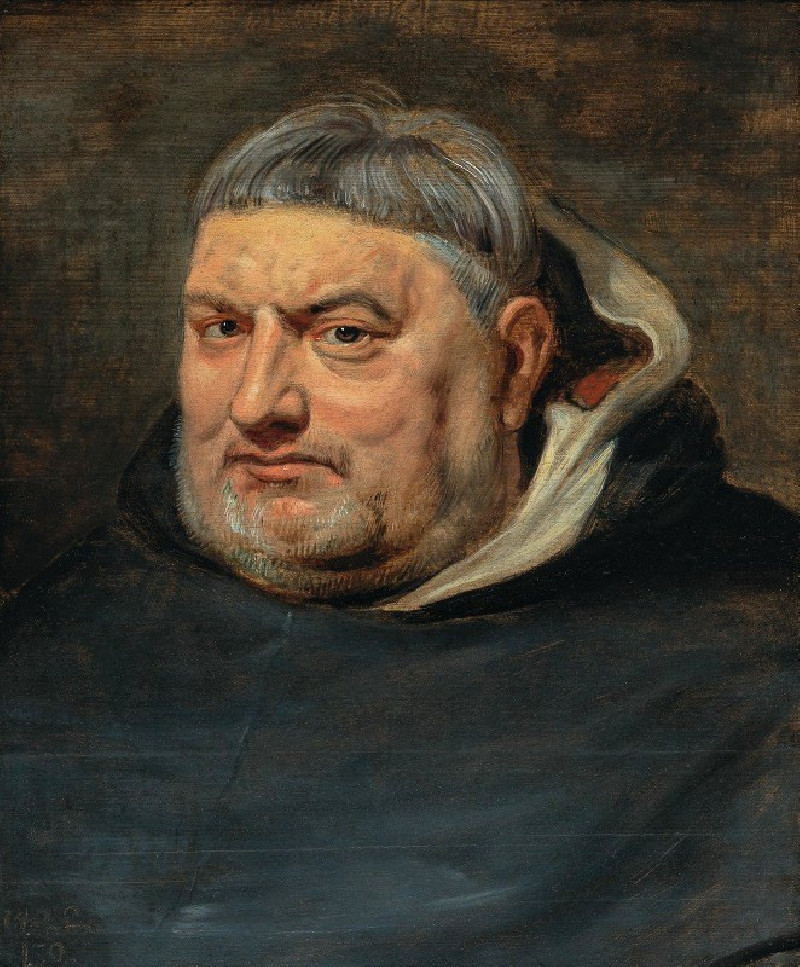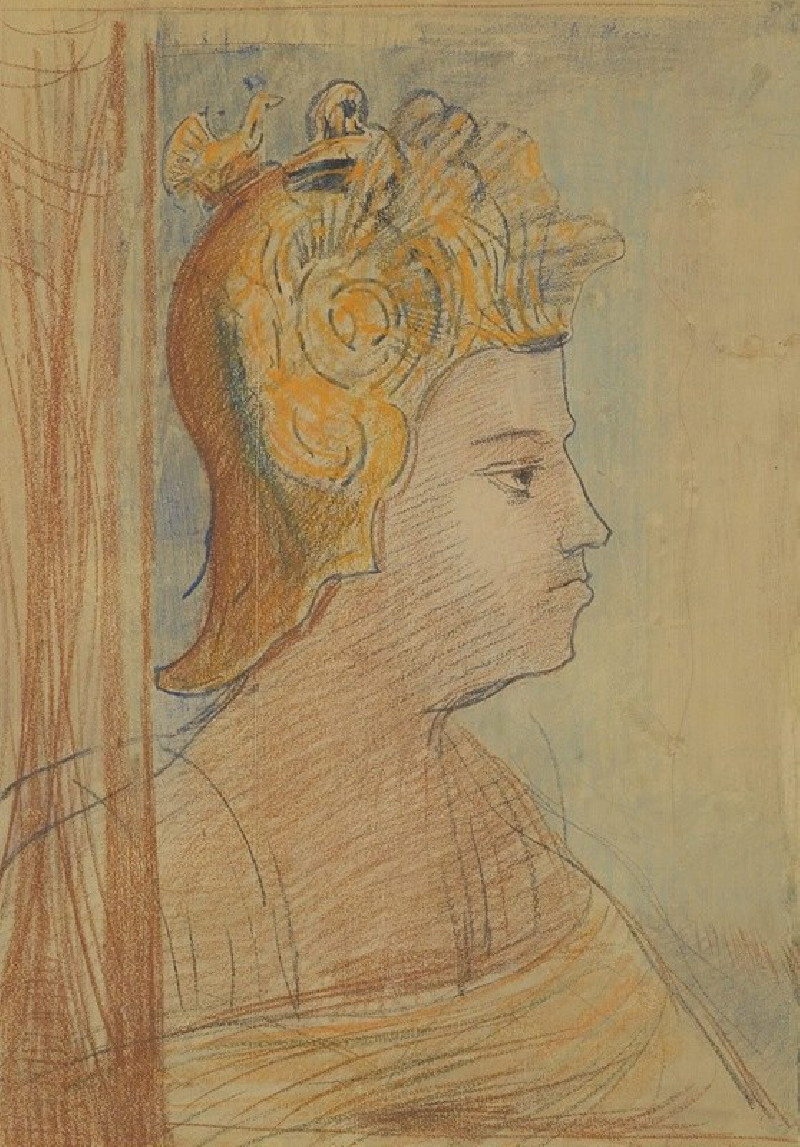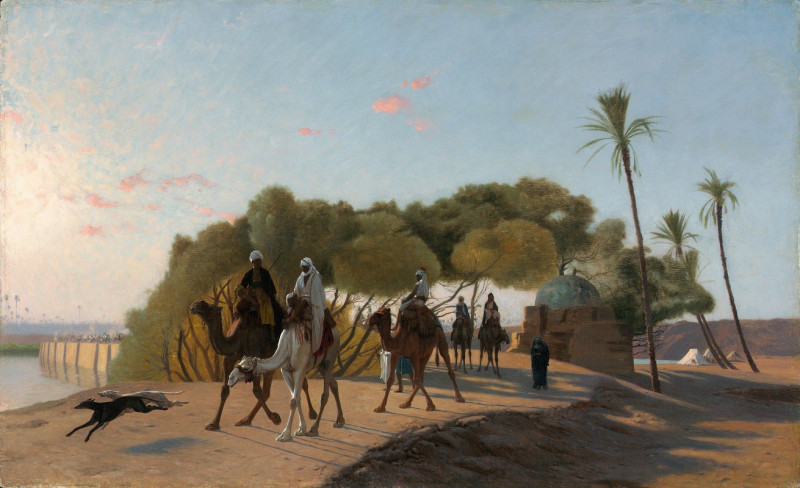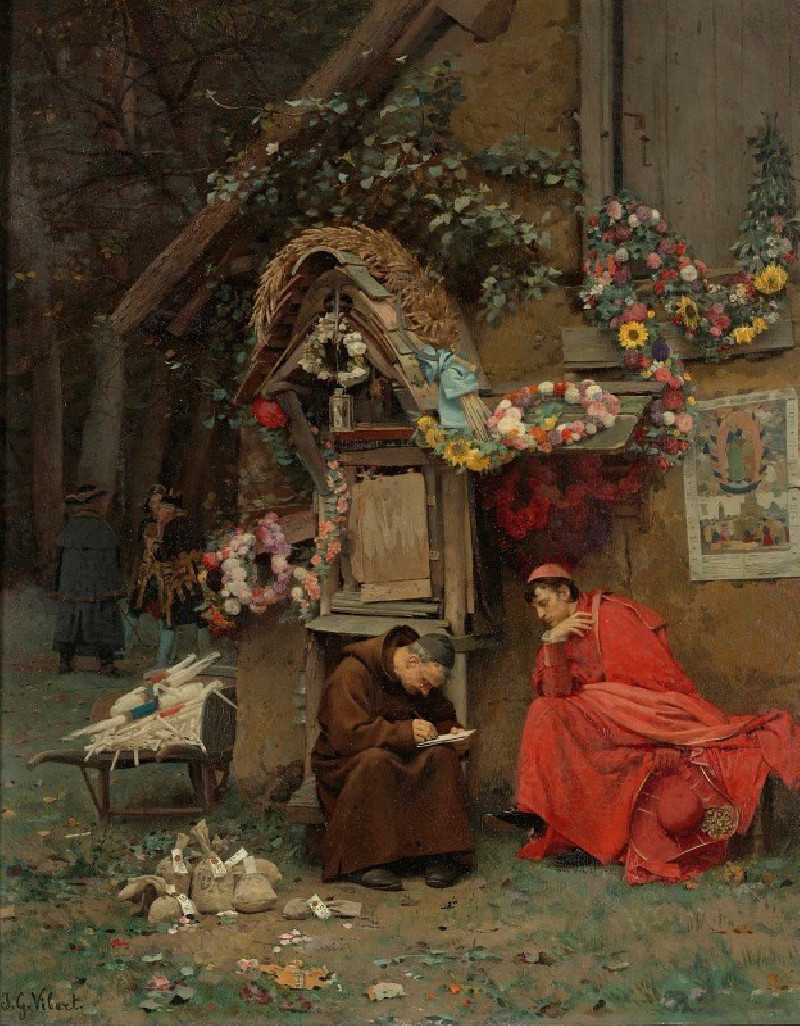The Mennonite Preacher Anslo and his Wife (1641)
Technique: Giclée quality print
Recommended by our customers
More about this artwork
In this evocative painting by the master of the Dutch Golden Age, Rembrandt van Rijn, we are given an intimate glimpse into a thoughtful interaction between two figures. Entitled "The Mennonite Preacher Anslo and his Wife," painted in 1641, this artwork showcases Rembrandt’s unparalleled ability to capture the essence of his subjects through texture, light, and emotional depth.The painting features Cornelis Claesz Anslo, a Mennonite preacher known for his oratory skills, in an animated conversation with his wife Aaltje. Rembrandt focuses on the contrast between Anslo's expressive gesturing and his wife's attentive, serene demeanor, which adds a layer of depth to the narrative. Anslo, dressed in a dark cloak with a wide-brimmed hat, speaks fervently, his face partially illuminated, highlighting his active role. In contrast, his wife wears a simple, light-colored wimple (a traditional head-covering), her face calm and contemplative, listening intently to her husband.Foregrounded on a table lies a large open book, possibly the Bible, symbolic of Anslo’s devotion to his faith and his vocation as a preacher. The attention to detail in the room, from the sumptuous carpet draped over the table to the softly glowing candles in the background, creates a rich tapestry of textures that make the scene all the more vivid.The use of chiaroscuro, a technique where light and shadow are contrasted sharply, serves not only to draw the viewer's eye to the central figures but also to evoke a sense of intimacy and immediacy.
Delivery
Returns
Rembrandt Harmenszoon van Rijn was a Dutch draughtsman, painter, and printmaker. An innovative and prolific master in three media, he is generally considered one of the greatest visual artists in the history of art and the most important in Dutch art history. Unlike most Dutch masters of the 17th century, Rembrandt's works depict a wide range of style and subject matter, from portraits and self-portraits to landscapes, genre scenes, allegorical and historical scenes, and biblical and mythological themes as well as animal studies.

